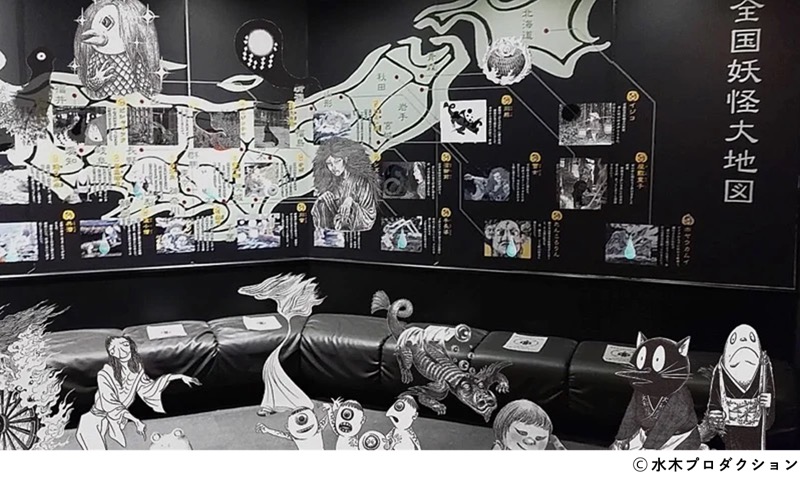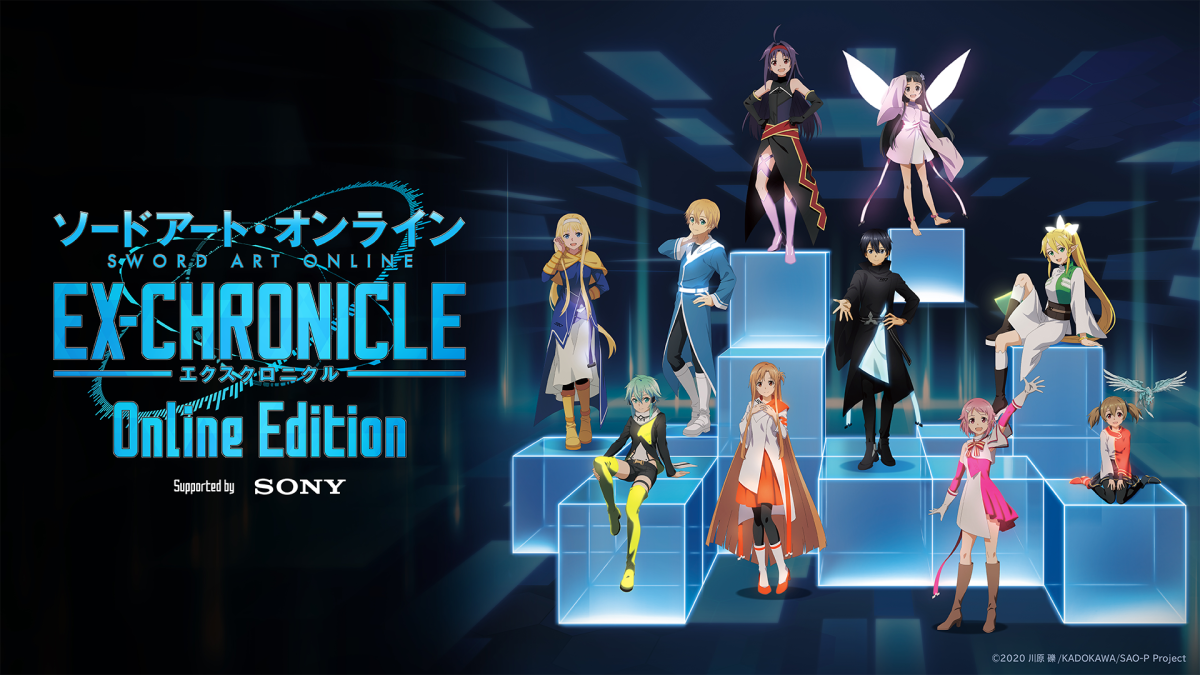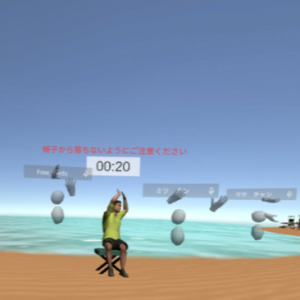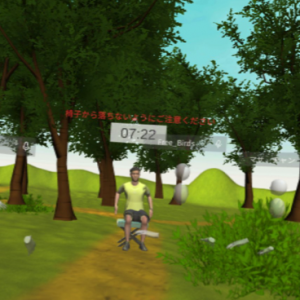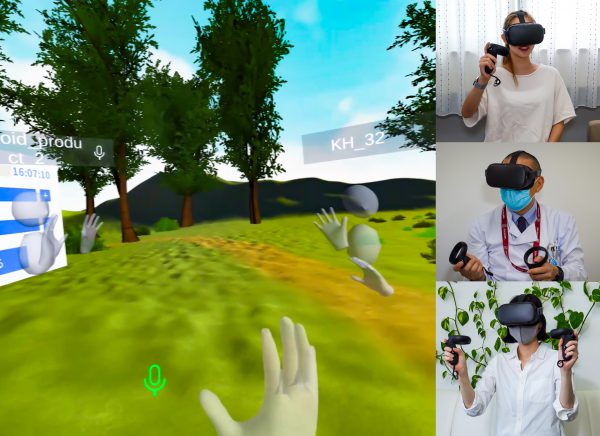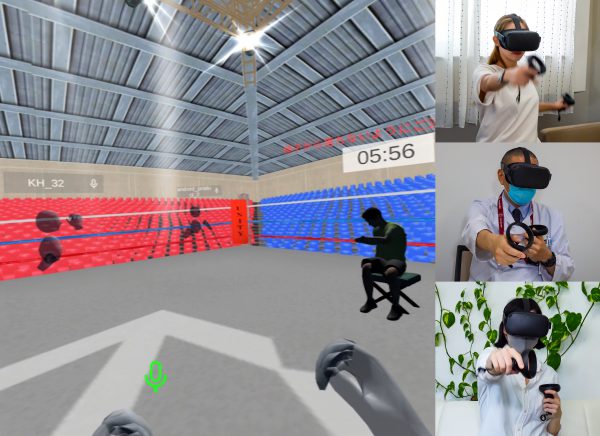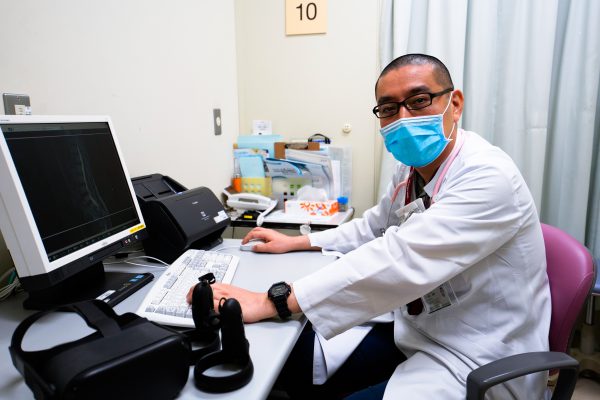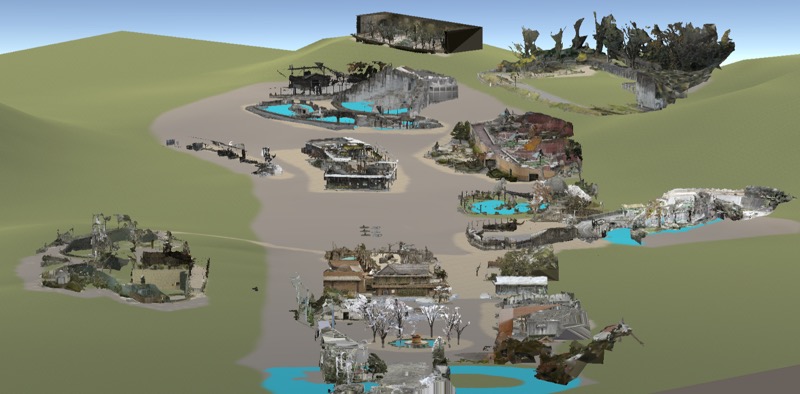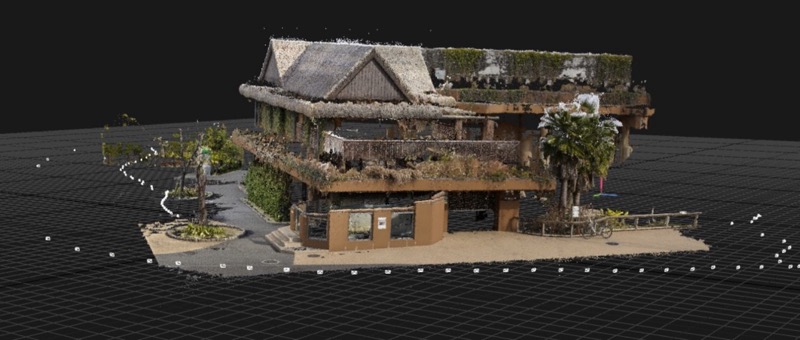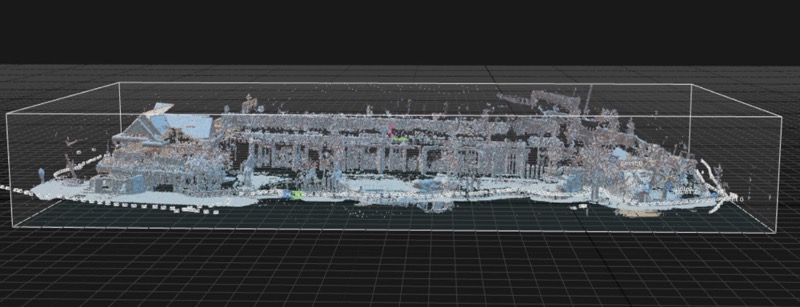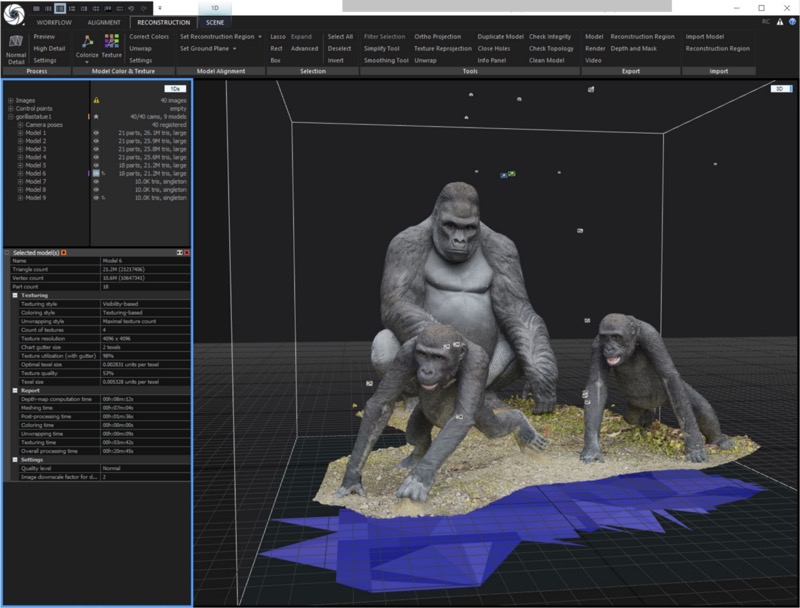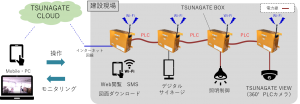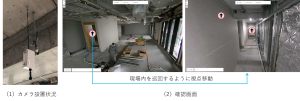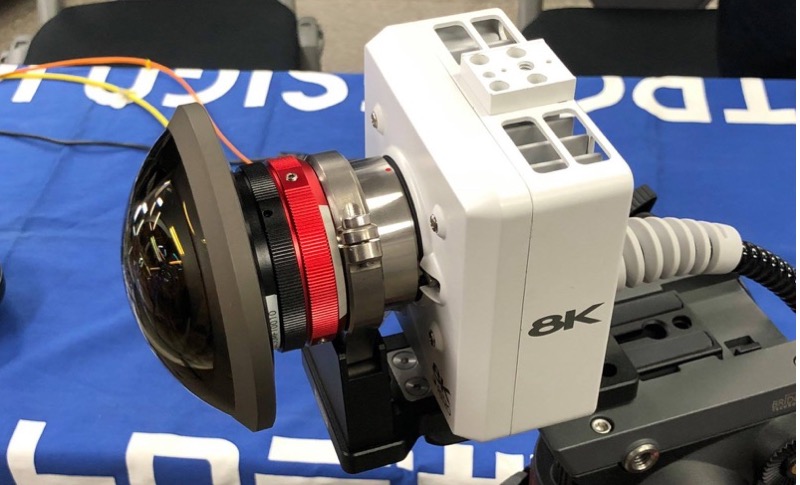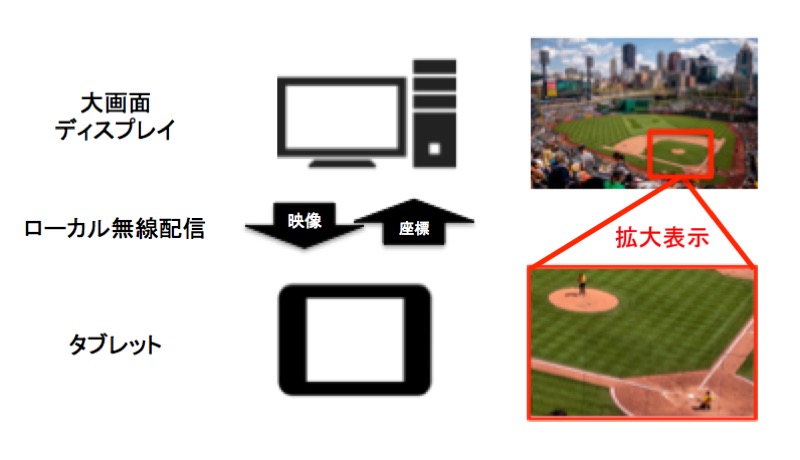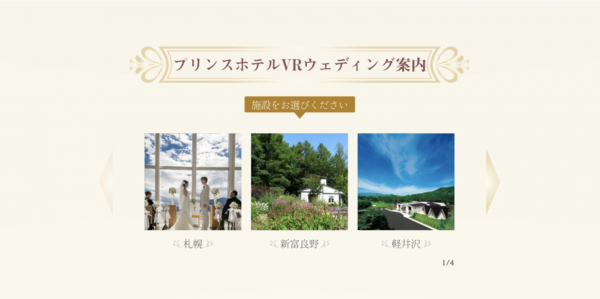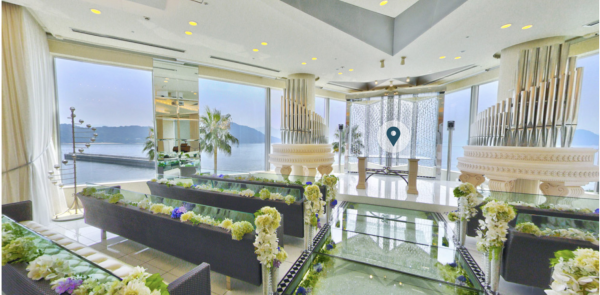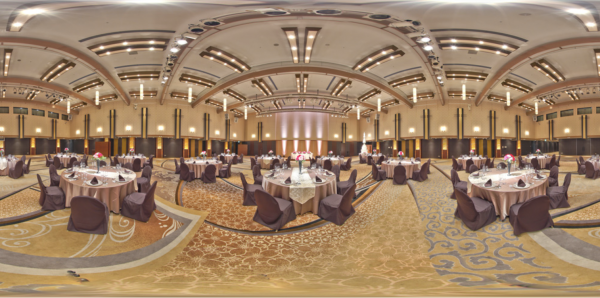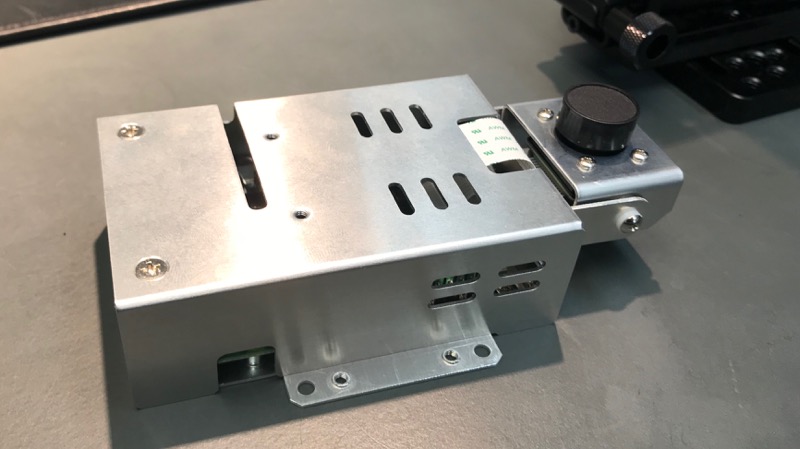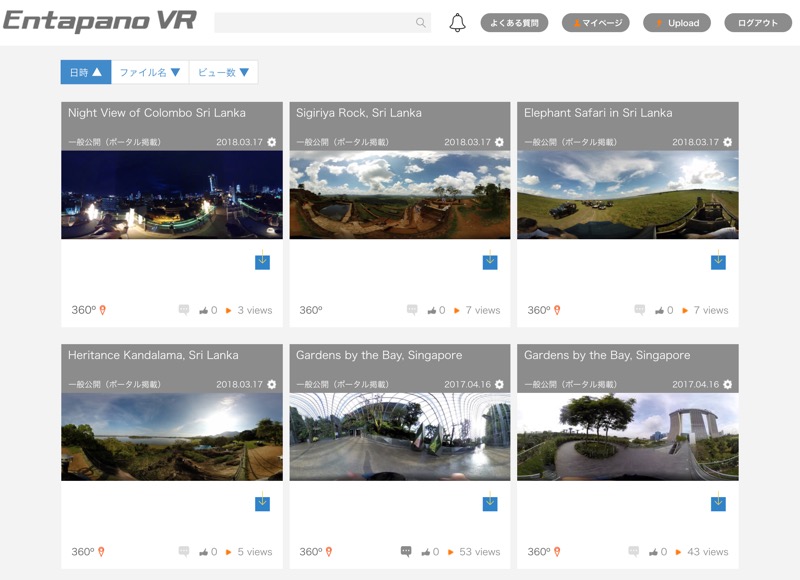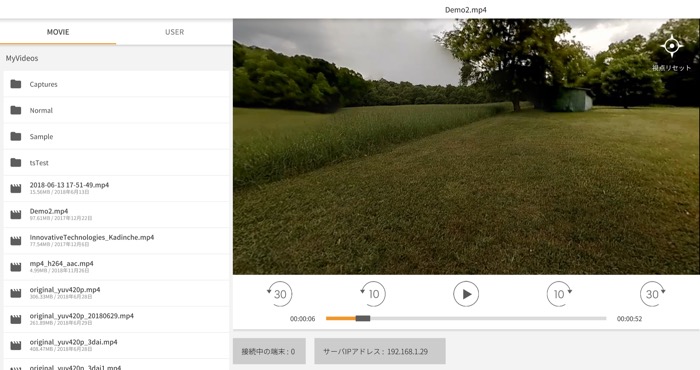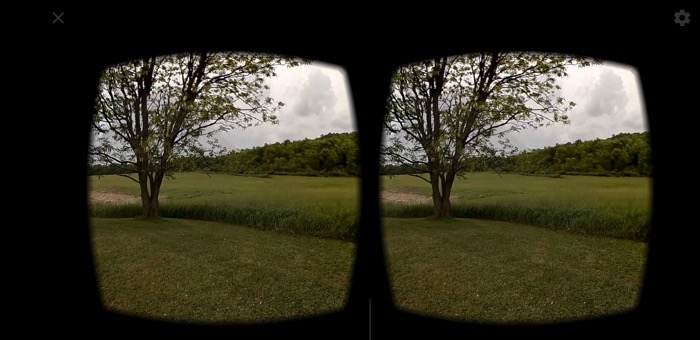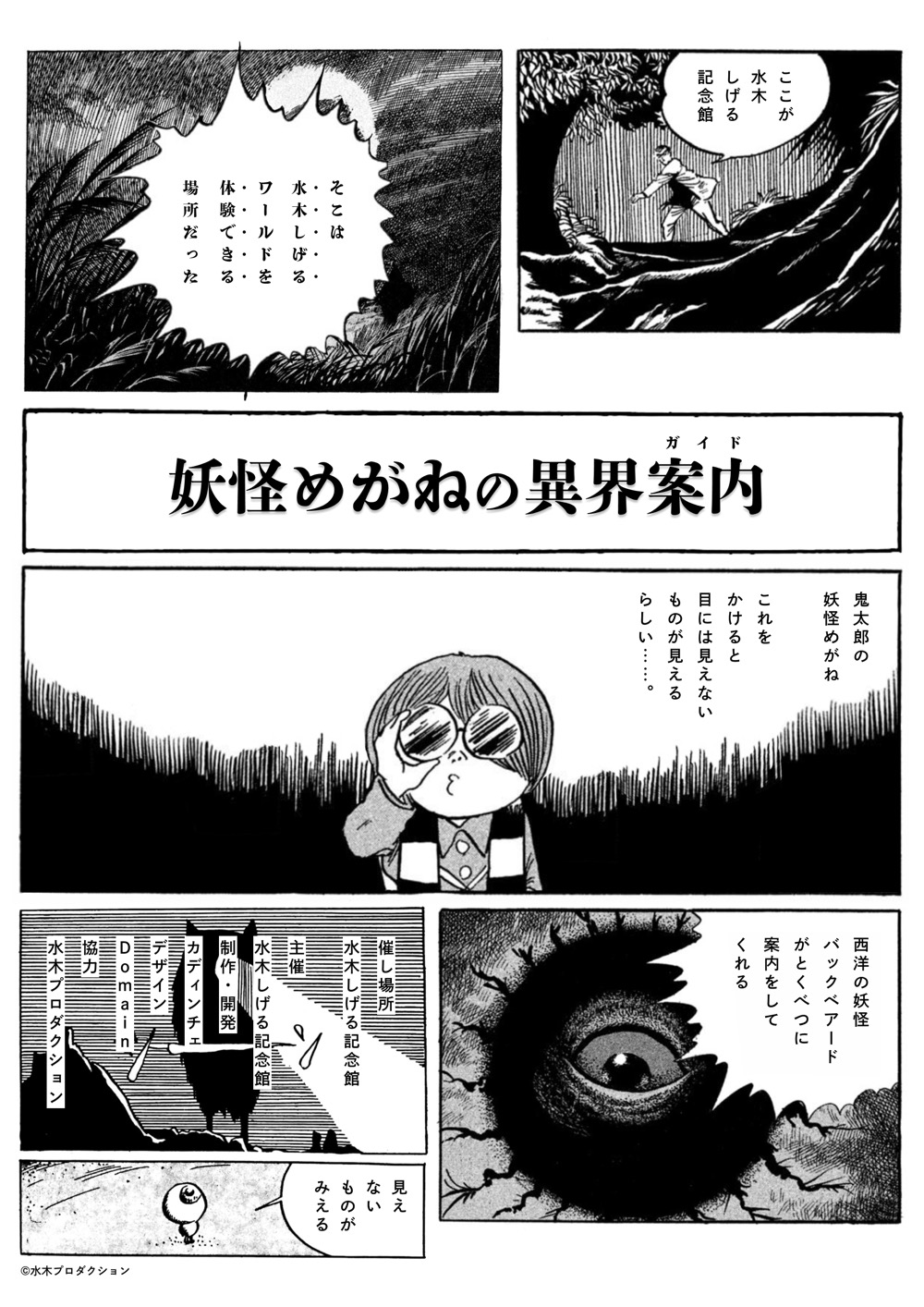
Kadinche in cooperation with the Mizuki Shigeru Museum and Mizuki Production, will conduct a demonstration experiment of the “Specter Glasses: Guide to the Otherworld” using a mixed reality (MR) headset at the Mizuki Shigeru Museum (Sakaiminato City, Tottori Prefecture) from September 23rd to 25th, 2022. During the same period, visitors to the museum will be able to borrow a headset free of charge to experience the “Specter Megane’s Guide to the Otherworld ” inside the museum.
At the Mizuki Shigeru Museum, visitors can experience the background of the cartoonist Mizuki Shigeru and the world of his works. The “Yokai Megane (Specter Glasses)” is an advanced interactive museum guide that allows visitors to hear about aspects of Mizuki that are still unknown to them and to see other worlds that were previously invisible to them. The guide is Buckbeard, a Yokai master who will show you around the museum, demonstrating his knowledge of the world.
Main functions:
Spatial voice guidance: voice guidance that automatically plays when you approach an exhibit.
Extended information pop-up: Displays spatial information about yokai in the yokai cave
Photo shooting: Commemorative photo shooting of spatial contents at the Yokai Plaza.
We will use Microsoft HoloLens 2 as our MR heasets, a pair of mixed reality smart glasses that are worn on the head to enable hands-free recognition of real space and placement of 2D/3D objects in space. We also utilize Immersal SDK (software development kit), Immersal’s VPS (Visual Positioning System), as self-positioning estimation technology. This technology enables highly accurate recognition of the museum’s location and exhibits. Anttoni Vesterinen, CEO of Immersal, says: “We are very happy to be part of this incredible art project, enabling new ways of experiencing art. AR technology can open new possibilities in museum and art sector as this pilot proves.”
The purpose of this experiment is to verify the usefulness and return on investment of this next-generation guide system for indoor spaces such as memorial halls and museums by creating actual content and developing an MR system and having visitors experience it.
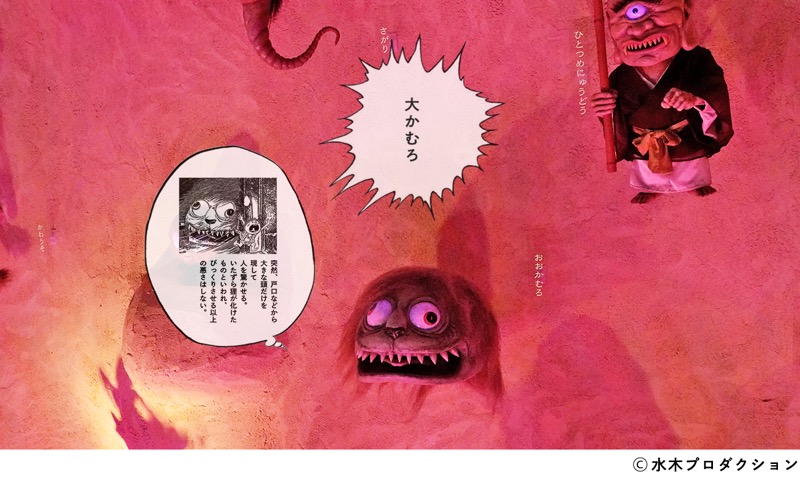
Demonstration Experiment Overview
Demonstration experiment name: ” Specter Glasses: Guide to the Otherworld” using MR headsets
Period: September 23 (Fri.) – 25 (Sun.), 2022, 9:30 – 17:00 (reception until 30 minutes before closing)
Place: Mizuki Shigeru Museum, 5 Honmachi, Sakaiminato City, Tottori Prefecture, 684-0025, Japan
Organizer: Mizuki Shigeru Museum
Developed by: Kadinche Corporation
Creative Direction: Domain
Technology Partners: Microsoft Japan & Immersal
Cooperation: Mizuki Production
Profile of Mizuki Shigeru
Born in 1922, Mizuki Shigeru is a manga artist and a leading authority on yokai (Japanese monsters) and yokai research. Born in 1922, he grew up in Sakaiminato City, Tottori Prefecture. During the Pacific War, he went to Rabaul, a fierce battlefield, and lost his left arm in a bombing. After being demobilized, he became a picture-story artist and later became a comic book artist. His representative works include “Gegege no Kitaro,” “Kappa no Sanpei,” and “Akuma-kun.
About the Mizuki Shigeru Museum
A museum where visitors can experience Mizuki Shigeru’s life and the world of his works. Located on the east side of Mizuki Shigeru Road in Sakaiminato City, Tottori Prefecture, the museum opened on March 8, 2003 (Mizuki Shigeru’s 8th birthday). The museum opened on March 8, 2003 (Mizuki Shigeru’s 81st birthday), and is one of the most popular tourist facilities in Tottori Prefecture, attracting many visitors. The museum features an exhibition space with familiar yokai such as Gegege no Kitaro and a recreation of Mizuki Shigeru’s workplace, making it a must-see facility even for fans of Mizuki Shigeru. This is where the yokai researcher and manga artist Mizuki Shigeru got his start.
About Kadinche Corporation
Kadinche Corporation is an XR software development and content production company headquartered at 14-23 Daikanyama-cho, Shibuya-ku, Tokyo, Japan, founded on August 8, 2008. http://xs267448.xsrv.jp/kadinche/
